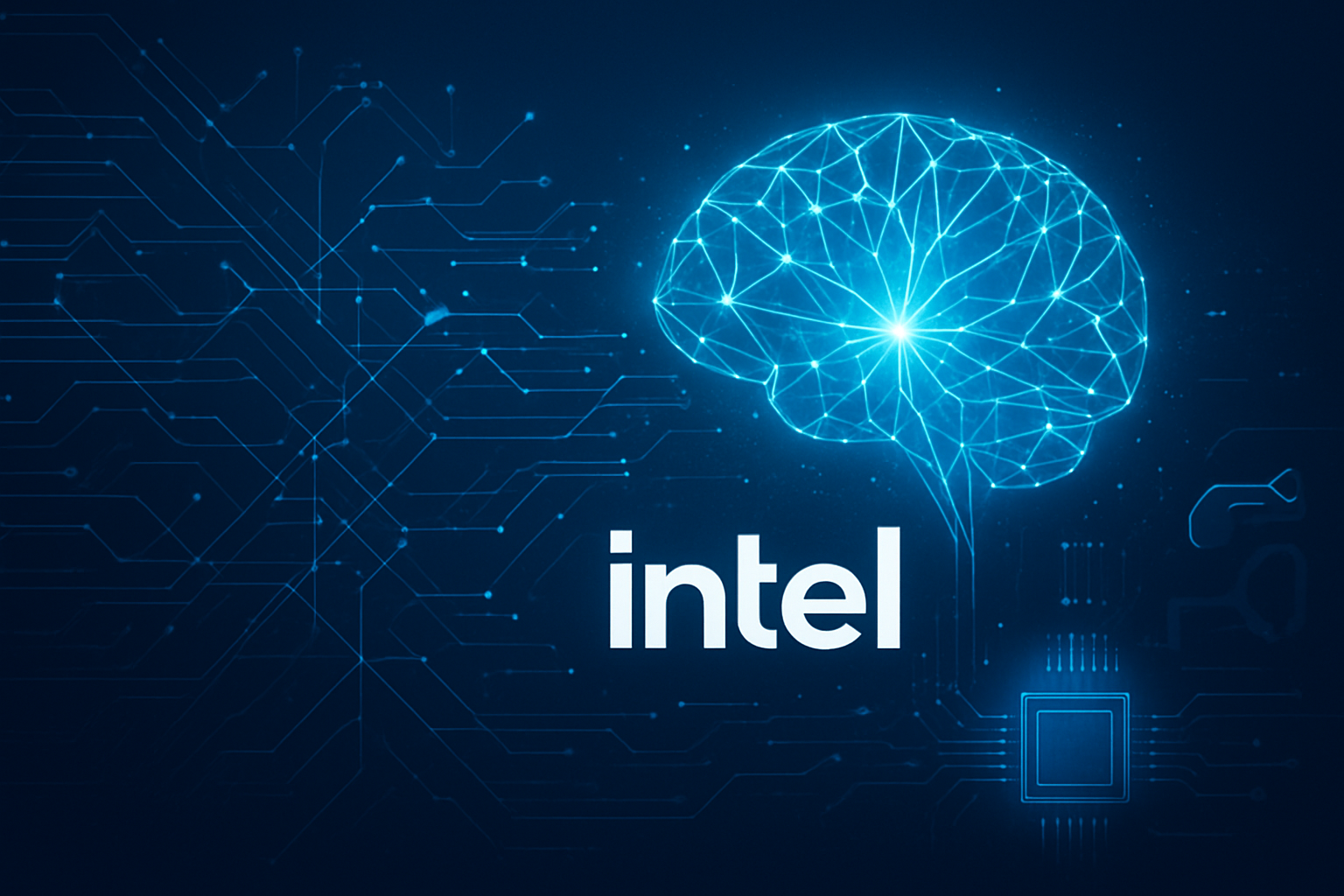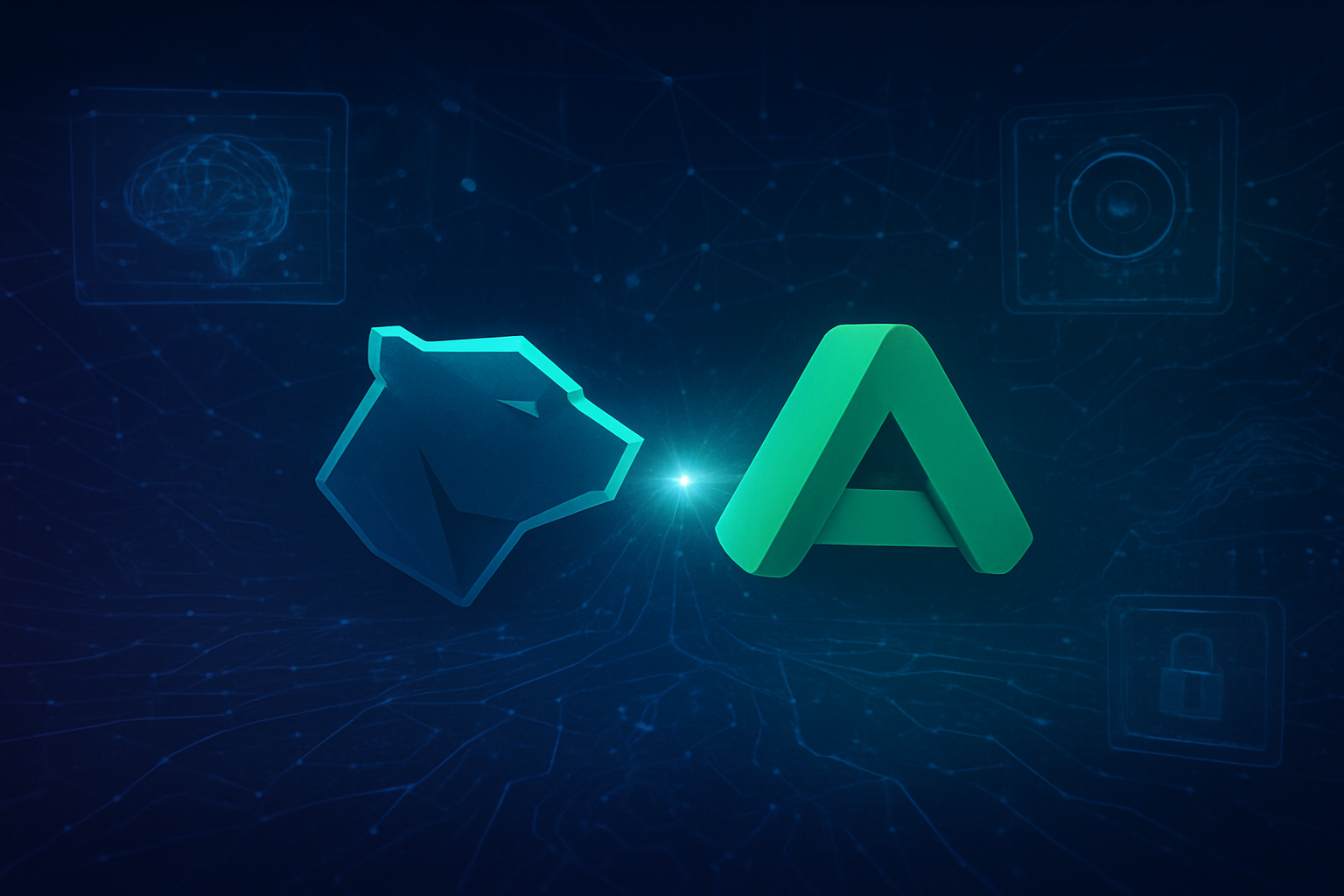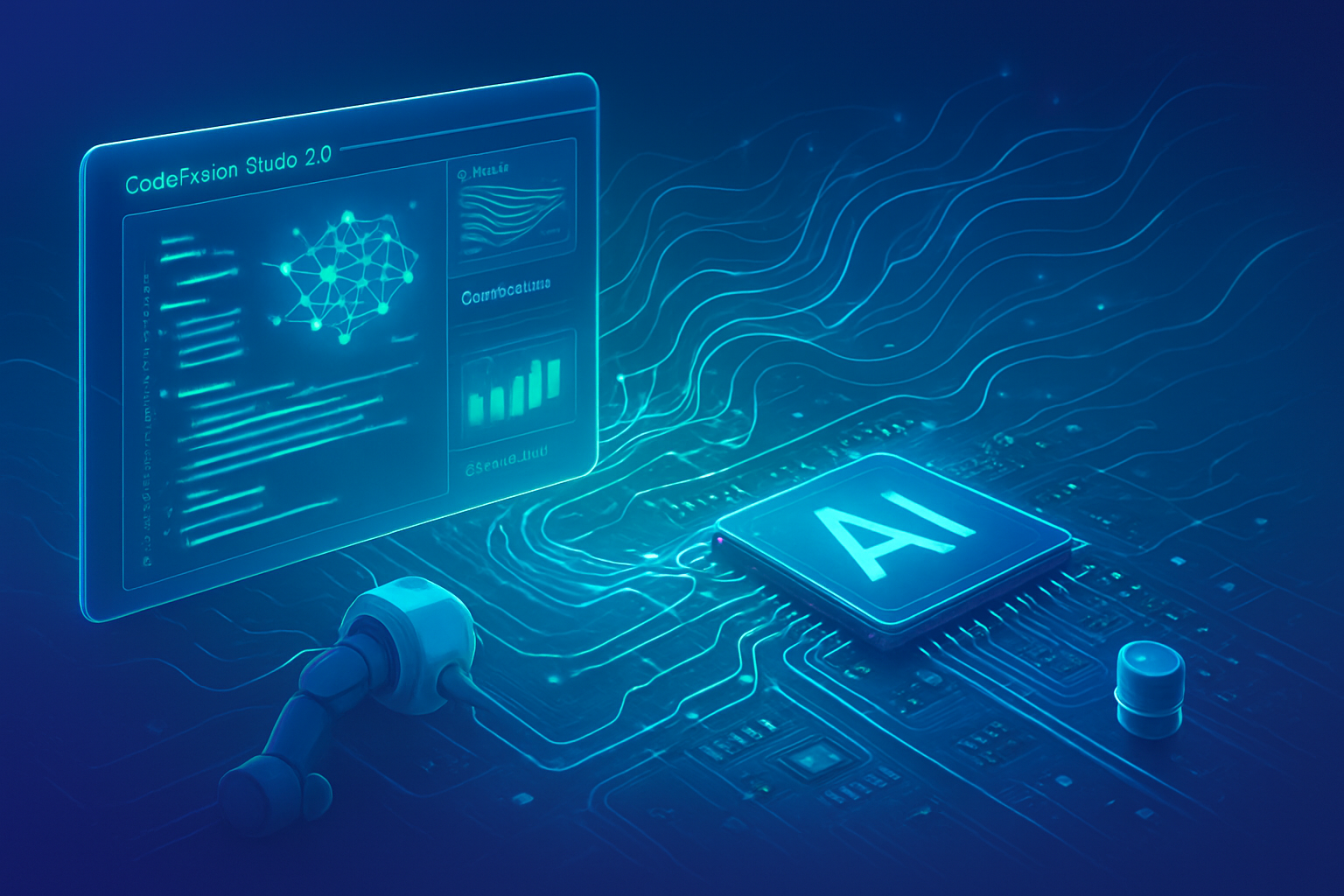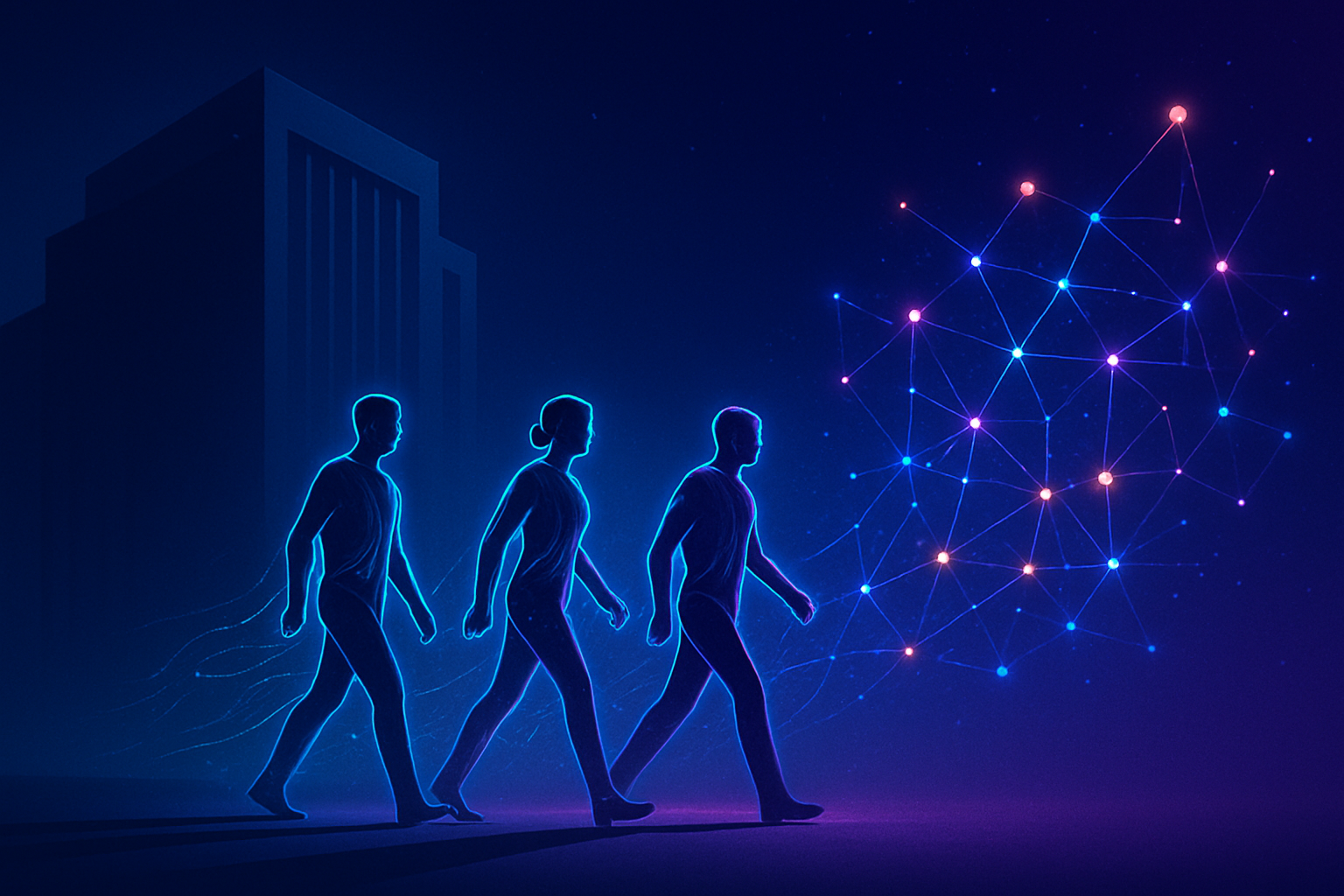Intel Corporation (NASDAQ: INTC), a venerable giant in the semiconductor industry, is undergoing a profound transformation of its intellectual property (IP) strategy, marked by aggressive patent pruning activities. This calculated move signals a deliberate shift from a broad, defensive patent accumulation to a more focused, offensive, and monetized approach, strategically positioning the company for leadership in the burgeoning fields of Artificial Intelligence (AI) and advanced semiconductor manufacturing. This proactive IP management is not merely about cost reduction but a fundamental reorientation designed to fuel innovation, sharpen competitive edge, and secure Intel's relevance in the next era of computing.
Technical Nuances of a Leaner IP Portfolio
Intel's patent pruning is a sophisticated, data-driven strategy aimed at creating a lean, high-value, and strategically aligned IP portfolio. This approach deviates significantly from traditional patent management, which often prioritized sheer volume. Instead, Intel emphasizes the value and strategic alignment of its patents with evolving business goals.
A pivotal moment in this strategy occurred in August 2022, when Intel divested a portfolio of nearly 5,000 patents to Tahoe Research Limited, a newly formed company within the IPValue Management Group. These divested patents, spanning over two decades of innovation, covered a wide array of technologies, including microprocessors, application processors, logic devices, computing systems, memory and storage, connectivity and communications, packaging, semiconductor architecture and design, and manufacturing processes. The primary criteria for such divestment include a lack of strategic alignment with current or future business objectives, the high cost of maintaining patents with diminishing value, and the desire to mitigate litigation risks associated with obsolete IP.
Concurrently with this divestment, Intel has vigorously pursued new patent filings in critical areas. Between 2010 and 2020, the company more than doubled its U.S. patent filings, concentrating on energy-efficient computing systems, advanced semiconductor packaging techniques, wireless communication technologies, thermal management for semiconductor devices, and, crucially, artificial intelligence. This "layered" patenting approach, covering manufacturing processes, hardware architecture, and software integration, creates robust IP barriers that make it challenging for competitors to replicate Intel's innovations easily. The company also employs Non-Publication Requests (NPRs) for critical innovations to strategically delay public disclosure, safeguarding market share until optimal timing for foreign filings or commercial agreements. This dynamic optimization, rather than mere accumulation, represents a proactive and data-informed approach to IP management, moving away from automatic renewals towards a strategic focus on core innovation.
Reshaping the Competitive Landscape: Winners and Challengers
Intel's evolving patent strategy, characterized by both the divestment of older, non-core patents and aggressive investment in new AI-centric intellectual property, is poised to significantly impact AI companies, tech giants, and startups within the semiconductor industry, reshaping competitive dynamics and market positioning.
Smaller AI companies and startups could emerge as beneficiaries. Intel's licensing of older patents through IPValue Management might provide these entities with access to foundational technologies, fostering innovation without direct competition from Intel on cutting-edge IP. Furthermore, Intel's development of specialized hardware and processor architectures that accelerate AI training and reduce development costs could make AI more accessible and efficient for smaller players. The company's promotion of open standards and its Intel Developer Cloud, offering early access to AI infrastructure and toolkits, also aims to foster broader ecosystem innovation.
However, direct competitors in the AI hardware space, most notably NVIDIA Corporation (NASDAQ: NVDA) and Advanced Micro Devices, Inc. (NASDAQ: AMD), face intensified competition. Intel is aggressively developing new AI accelerators, such as the Gaudi family and the new Crescent Island GPU, aiming to offer compelling price-for-performance alternatives in generative AI. Intel's "AI everywhere" vision, encompassing comprehensive hardware and software solutions from cloud to edge, directly challenges specialized offerings from other tech giants. The expansion of Intel Foundry Services (IFS) and its efforts to attract major customers for custom AI chip manufacturing directly challenge leading foundries like Taiwan Semiconductor Manufacturing Company Limited (NYSE: TSM). Intel's spin-off of Articul8, an enterprise generative AI software firm optimized for both Intel's and competitors' chips, positions it as a direct contender in the enterprise AI software market, potentially disrupting existing offerings.
Ultimately, Intel's patent strategy aims to regain and strengthen its technology leadership. By owning foundational IP, Intel not only innovates but also seeks to shape the direction of entire markets, often introducing standards that others follow. Its patents frequently influence the innovation efforts of peers, with patent examiners often citing Intel's existing patents when reviewing competitor applications. This aggressive IP management and innovation push will likely lead to significant disruptions and a dynamic reshaping of market positioning throughout the AI and semiconductor landscape.
Wider Significance: A New Era of IP Management
Intel's patent pruning strategy is a profound indicator of the broader shifts occurring within the AI and semiconductor industries. It reflects a proactive response to the "patent boom" in AI and a recognition that sustained leadership requires a highly focused and agile IP portfolio.
This strategy aligns with the broader AI landscape, where rapid innovation demands constant resource reallocation. By divesting older patents, Intel can concentrate its financial and human capital on core innovations in AI and related fields, such as quantum computing and bio-semiconductors. Intel's aggressive pursuit of IP in areas like energy-efficient computing, advanced semiconductor packaging for AI, and wireless communication technologies underscores its commitment to future market needs. The focus extends beyond foundational AI technology to encompass AI applications and uses, recognizing the vast and adaptable capabilities of AI across various sectors.
However, this strategic pivot is not without potential concerns. The divestment of older patents to IP management firms like IPValue Management raises the specter of "patent trolls" – Non-Practicing Entities (NPEs) who acquire patents primarily for licensing or litigation. While such firms claim to "reward and fuel innovation," their monetization strategies can lead to increased legal costs and an unpredictable IP landscape for operating companies, including Intel's partners or even Intel itself. Furthermore, while Intel's strategy aims to create robust IP barriers, this can also pose challenges for smaller players and open-source initiatives seeking to access foundational technologies. The microelectronics industry is characterized by "patent thickets," where designing modern chips often necessitates licensing numerous patented technologies.
Comparing this to previous technological revolutions, such as the advent of the steam engine or electricity, highlights a significant shift in IP strategy. Historically, the focus was on patenting core foundational technologies. In the AI era, however, experts advocate prioritizing the patenting of applications and uses of AI engines, shifting from protecting the "engine" to protecting the "solutions" it creates. The sheer intensity of AI patent filings, representing the fastest-growing central technology area, also distinguishes the current era, demanding new approaches to IP management and potentially new AI-specific legislation to address challenges like AI-generated inventions.
The Road Ahead: Navigating the AI Supercycle
Intel's patent strategy points towards a dynamic future for the semiconductor and AI industries. Expected near-term and long-term developments will likely see Intel further sharpen its focus on foundational AI and semiconductor innovations, proactive portfolio management, and adept navigation of complex legal and ethical landscapes.
In the near term, Intel is set to continue its aggressive U.S. patent filings in semiconductors, AI, and data processing, solidifying its market position. Key areas of investment include energy-efficient computing systems, advanced semiconductor packaging, wireless communication technologies, thermal management, and emerging fields like automotive AI. The company's "layered" patenting approach will remain crucial for creating robust IP barriers. In the long term, the reuse of IP is expected to be elevated to "chiplets," influencing patent filing strategies in response to the evolving semiconductor landscape and merger and acquisition activities.
Intel's AI-related IP is poised to enable a wide array of applications. This includes hardware optimization for personalized AI, dynamic resource allocation for individualized tasks, and processor architectures optimized for parallel processing to accelerate AI training. In data centers, Intel is extending its roadmap for Infrastructure Processing Units (IPUs) through 2026 to enhance efficiency by offloading networking control, storage management, and security. The company is also investing in "responsible AI" through patents for explainable AI, bias prevention, and real-time verification of AI model integrity to combat tampering or hallucination. Edge AI and autonomous systems will also benefit, with patents for real-time detection and correction of compromised sensors using deep learning for robotics and autonomous vehicles.
However, significant challenges lie ahead. Patent litigation, particularly from Non-Practicing Entities (NPEs), will remain a constant concern, requiring robust IP defenses and strategic legal maneuvers. The evolving ethical landscape of AI, encompassing algorithmic bias, the "black box" problem, and the lack of global consensus on ethical principles, presents complex dilemmas. Global IP complexities, including navigating diverse international legal systems and responding to strategic pushes by regions like the European Union (EU) Chips Act, will also demand continuous adaptation. Intel also faces the challenge of catching up to competitors like NVIDIA and TSMC in the burgeoning AI and mobile chip markets, a task complicated by past delays and recent financial pressures. Addressing the energy consumption and sustainability challenges of high-performance AI chips and data centers through innovative, energy-efficient designs will also be paramount.
Experts predict a sustained "AI Supercycle," driving unprecedented efficiency and innovation across the semiconductor value chain. This will lead to a diversification of AI hardware, with AI capabilities pervasively integrated into daily life, emphasizing energy efficiency. Intel's turnaround strategy hinges significantly on its foundry services, with an ambition to become the second-largest foundry by 2030. Strategic partnerships and ecosystem collaborations are also anticipated to accelerate improvements in cloud-based services and AI applications. While the path to re-leadership is uncertain, a focus on "greener chips" and continued strategic IP management are seen as crucial differentiators for Intel in the coming years.
A Comprehensive Wrap-Up: Redefining Leadership
Intel's patent pruning is not an isolated event but a calculated maneuver within a larger strategy to reinvent itself. It represents a fundamental shift from a broad, defensive patent strategy to a more focused, offensive, and monetized approach, essential for competing in the AI-driven, advanced manufacturing future of the semiconductor industry. As of November 2025, Intel stands out as the most active patent pruner in the semiconductor industry, a clear indication of its commitment to this strategic pivot.
The key takeaway is that Intel is actively streamlining its vast IP portfolio to reduce costs, generate revenue from non-core assets, and, most importantly, reallocate resources towards high-growth areas like AI and advanced foundry services. This signifies a conscious reorientation away from legacy technologies to address its past struggles in keeping pace with the soaring demand for AI-specific processors. By divesting older patents and aggressively filing new ones in critical AI domains, Intel aims to shape future industry standards and establish a strong competitive moat.
The significance of this development in AI and semiconductor history is profound. It marks a shift from a PC-centric era to one of distributed intelligence, where IP management is not just about accumulation but strategic monetization and defense. Intel's "IDM 2.0" strategy, with its emphasis on Intel Foundry Services (IFS), relies heavily on a streamlined, high-quality IP portfolio to offer cutting-edge process technologies and manage licensing complexities.
In the long term, this strategy is expected to accelerate core innovation within Intel, leading to higher quality breakthroughs in AI and advanced semiconductor packaging. While the licensing of divested patents could foster broader technology adoption, it also introduces the potential for more licensing disputes. Competition in AI and foundry services will undoubtedly intensify, driving faster technological advancements across the industry. Intel's move sets a precedent for active patent portfolio management, potentially encouraging other companies to similarly evaluate and monetize their non-core IP.
In the coming weeks and months, several key areas will indicate the effectiveness and future direction of Intel's IP management and market positioning. Watch for announcements regarding new IFS customers, production ramp-ups, and progress on advanced process nodes (e.g., Intel 18A). The launch and adoption rates of Intel's new AI-focused processors and accelerators will be critical indicators of its ability to gain traction against competitors like NVIDIA. Further IP activity, including strategic acquisitions or continued pruning, along with new partnerships and alliances, particularly in the foundry space, will also be closely scrutinized. Finally, Intel's financial performance and the breakdown of its R&D investments will provide crucial insights into whether its strategic shifts are translating into improved profitability and sustained market leadership.
This content is intended for informational purposes only and represents analysis of current AI developments.
TokenRing AI delivers enterprise-grade solutions for multi-agent AI workflow orchestration, AI-powered development tools, and seamless remote collaboration platforms.
For more information, visit https://www.tokenring.ai/.








